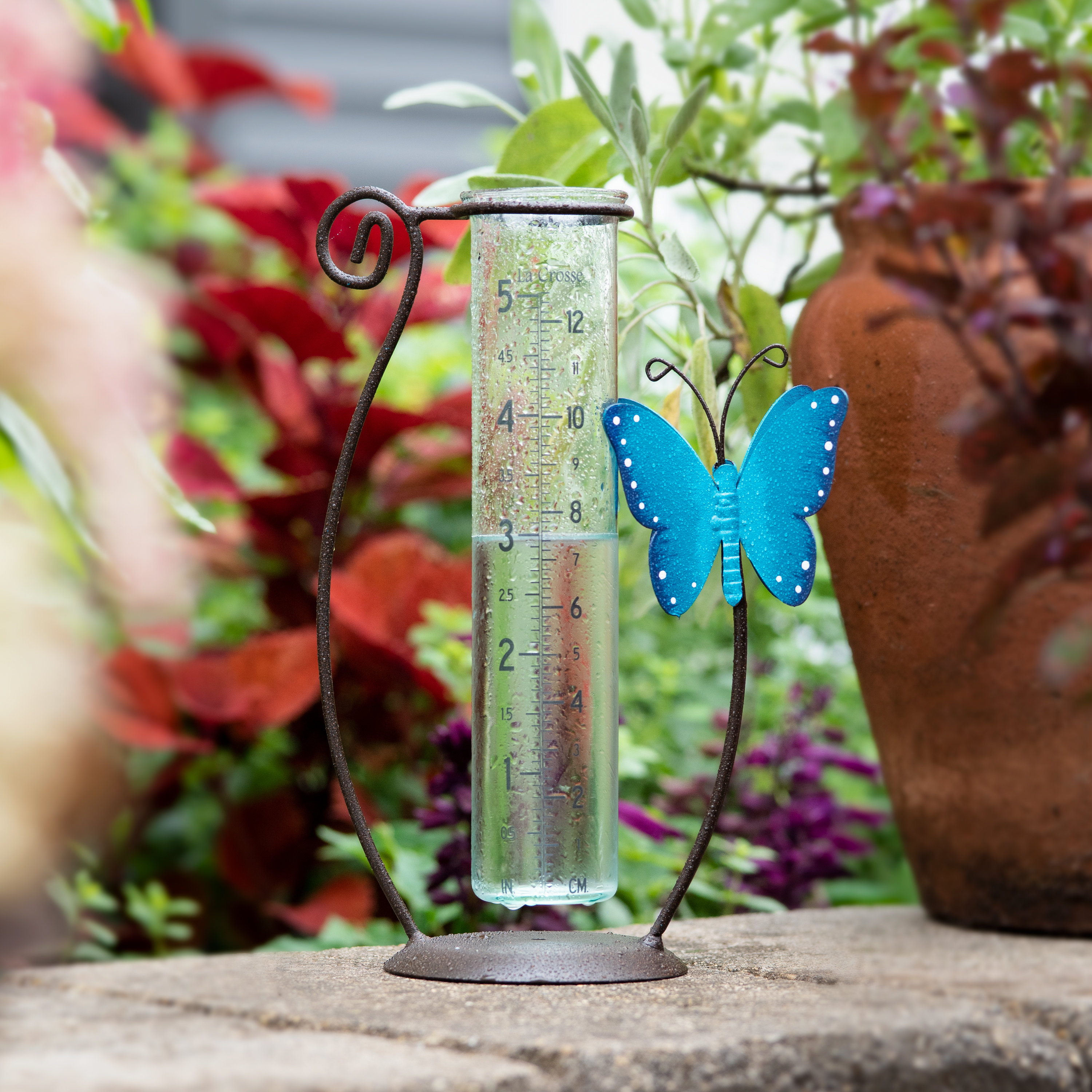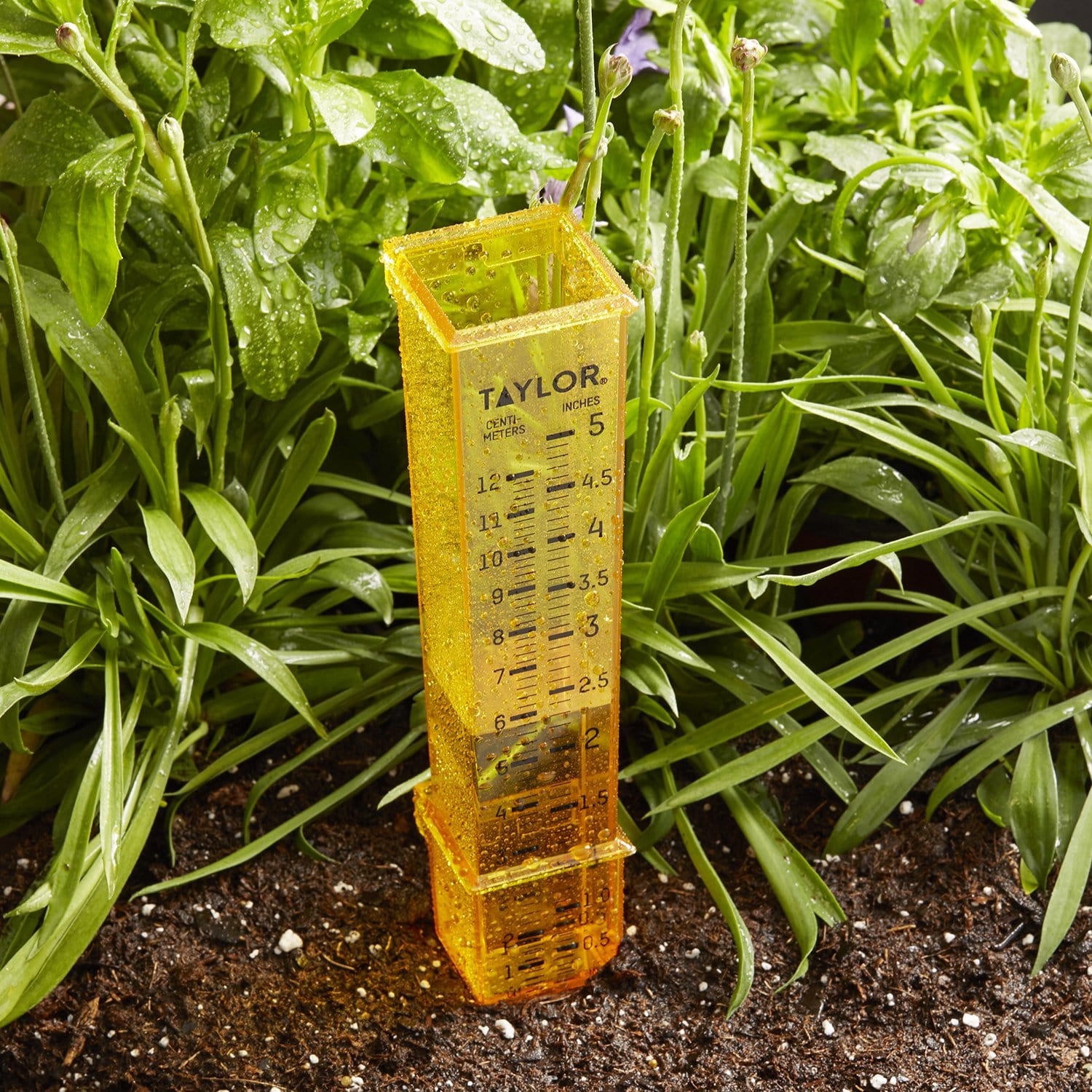The Rain Gauge: Enhancing Agricultural and Environmental Checking Initiatives
The Rain Gauge: Enhancing Agricultural and Environmental Checking Initiatives
Blog Article
Understanding Rainfall Gauge Dimensions: A Complete Guide
Recognizing Rain Scale Dimensions: A Total Overview is an extensive source for anyone seeking a much deeper understanding of rain gauge dimensions. Rain is a crucial aspect in various sectors, including meteorology, water, and agriculture source administration. This overview intends to give readers with a thorough understanding of the value of rainfall scale dimensions, the various sorts of rain assesses offered, and just how these dimensions are gotten and interpreted. Additionally, it checks out the aspects that can impact the precision of rainfall scale analyses and supplies sensible tips for obtaining exact dimensions. Whether you are a professional in the area or merely have a curiosity regarding rainfall dimension, this guide will equip you with the expertise needed to efficiently make use of rain scale dimensions.
The Value of Rainfall Scale Measurements
The value of rainfall scale dimensions lies in their role as an essential device for precisely examining and keeping track of precipitation levels - The Rain Gauge. Rainfall gauge dimensions supply useful data that aids hydrologists and meteorologists comprehend patterns and trends in rains, which in turn help in different fields such as farming, water resource monitoring, and environment research

Accurate rainfall dimensions are vital for farming as they assist in figuring out irrigation demands, plant development, and yield predictions. Farmers count on this information to make educated choices concerning when to water their plants, preventing water wastage and making sure optimum plant health. Furthermore, rains information aids in evaluating the effect of dry spells or too much rains on plant manufacturing, enabling farmers to take suitable steps to lessen losses.
Water source monitoring heavily relies upon rainfall scale dimensions to determine the amount of water available in lakes, tanks, and rivers. Exact measurements allow water supervisors to make enlightened choices concerning water allocation and circulation, ensuring lasting usage and protecting against scarcities. This details is particularly critical in areas where water shortage is a pressing issue.
Additionally, rain gauge measurements play a vital role in climate study. By properly gauging rains over expanded durations, scientists can evaluate lasting climate patterns and determine modifications in rainfall patterns due to climate modification. This information aids policymakers and researchers develop methods to adjust to and minimize the impacts of environment modification.
Kinds Of Rainfall Gauges
There are different kinds of rain evaluates made use of to determine precipitation properly. Each type has its very own advantages and constraints, making them appropriate for different objectives and atmospheres.
The most typical kind of rainfall gauge is the standard round gauge. It is composed of a round container with a wide funnel-shaped top to accumulate rainwater (The Rain Gauge). The water is after that funneled into a graduated determining tube, enabling specific measurement of the quantity of rainfall
Another kind is the evaluating rainfall scale. Weighing rainfall assesses are especially helpful in locations with icy rainfall or hefty rainfall, as they are not impacted by spraying or evaporation.
Tipping bucket rainfall determines utilize a mechanism that ideas a small pail each time it collects a details amount of rain. The variety of suggestions is videotaped and made use of to calculate the rainfall. This sort of scale is commonly used in automated weather condition terminals because of its reduced maintenance demands and capacity to offer real-time information.
Ultimately, there are radar-based rainfall assesses that usage radar modern technology to estimate rainfall. These evaluates determine the strength of rains in a certain location by examining the shown radar signals. They are especially beneficial for determining rainfall over big areas or in remote places.
How Rain Gauge Measurements Work
Rain scale dimensions are based on the principle of gauging the amount and Full Article collecting of precipitation. These instruments are designed to catch rainwater and supply an exact measurement of the rainfall in a specific location.
One of the most typical kind of rain scale is the standard cylindrical gauge. It consists of a round container with a wide opening on top to accumulate rain. The gathered water is then channelled into a gauging tube, which is calibrated to give the dimension in units of size, commonly millimeters or inches.
An additional kind of rainfall scale is the tipping bucket gauge. It uses a seesaw-like system here with two containers that tip when they get to a specific weight limit. Each idea of the bucket stands for a particular volume of rainfall, permitting precise measurements.
Some sophisticated rain assesses are equipped with digital sensing units that instantly document and transfer information. These sensors make use of various modern technologies such as ultrasound or laser to measure the amount of rains properly.
Elements Impacting Rainfall Scale Accuracy
Elements that can influence the accuracy of rain scale dimensions include different environmental and functional variables. Ecological factors such as wind, temperature, and climatic stress can considerably influence the precision of rainfall gauge measurements. Strong winds can trigger the rainfall scale to move or tilt, resulting in unreliable analyses. Extreme temperature levels can trigger dissipation or freezing of the accumulated rain, leading to altered measurements. Modifications in atmospheric pressure can likewise impact the accuracy of rain gauge measurements, as they can modify the price at which rains is accumulated.
Operational variables, on the other hand, describe variables connected to the style, setup, and maintenance of the rainfall scale. The placement of the rain gauge in a location with blocked air flow or near structures or trees can result in unreliable readings due to obstruction or splattering of rainfall. In addition, inappropriate calibration or uneven upkeep of the rainfall scale can additionally affect its accuracy.
To make sure the precision of rainfall gauge measurements, it is important to think about these elements and take ideal actions. This may include picking an ideal place for the rain scale, making sure proper installment and maintenance, and frequently adjusting the instrument. By resolving these factors, precise and dependable rains dimensions over at this website can be obtained, which are critical for various applications such as weather condition projecting, hydrological studies, and farming.
Tips for Properly Determining Rain
To make certain accurate rains measurements, it is critical to implement particular strategies and techniques when making use of a rain gauge. Right here are some pointers for accurately determining rains:
Correct Placement: Place the rain scale in an open location, away from trees, buildings, and various other blockages that may disrupt the rains collection. It should be placed on a level surface to prevent water merging or drainage.

Check Out the Scale Properly: When taking dimensions, checked out the water degree at eye level from the bottom of the lens. Stay clear of parallax mistakes by straightening your view straight with the water degree.
Constant Time Period: Establish a consistent time interval for determining rains, such as every 24 hours or after each rains occasion. This makes sure accurate tracking and contrast of precipitation data.
Document Measurements Without delay: Videotape rains measurements immediately after collection to stop dissipation or splilling. Utilize a rain gauge with an integrated information logging function for automatic recording.
Conclusion
In conclusion, recognizing rain scale measurements is vital for accurately gauging rainfall. It is vital to take into consideration elements that can influence the accuracy of rain scale measurements, such as evaporation, wind, and positioning.
Recognizing Rainfall Gauge Dimensions: A Complete Guide is a thorough resource for any person seeking a deeper understanding of rainfall scale dimensions. Whether you are a professional in the field or merely have a curiosity about rainfall measurement, this overview will certainly outfit you with the knowledge needed to successfully make use of rainfall gauge measurements.
The most typical kind of rainfall scale is the conventional round gauge.The most common kind of rainfall scale is the basic round scale.An additional type of rain gauge is the tipping container gauge.
Report this page